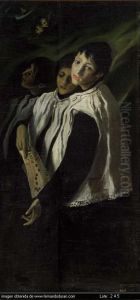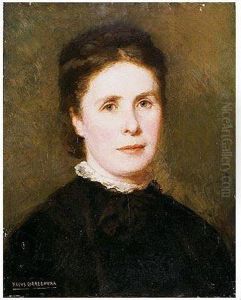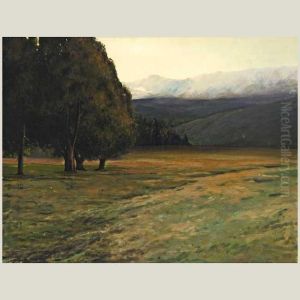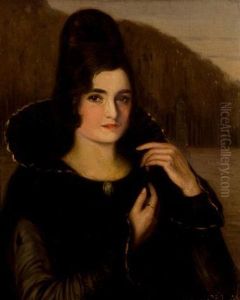Jesus Rodriguez Corredoyra De Castro Paintings
Jesús Rodríguez Corredoira y de Castro, commonly known as Jesús Corredoira, was a Spanish artist born on January 1, 1870, in Lugo, a city in the northwest of Spain. He was known for his work as a painter, draftsman, and engraver. Not much is widely known about Corredoira's early life and education, but it is understood that he developed an early interest in the arts.
Corredoira's artistic style was influenced by the movements of his time, particularly Impressionism and Post-Impressionism. He was also affected by the regionalist painting style, which was prevalent in the Galician cultural context. His works often depicted landscapes, rural scenes, and traditional life in Galicia, communicating a strong sense of place and cultural identity.
During his career, Corredoira participated in various exhibitions and enjoyed a degree of recognition for his work. He exhibited in the National Exhibitions of Fine Arts in Spain and was known to have connections with other prominent Spanish artists and intellectuals of the period.
Despite his contributions to the Spanish art scene, Jesús Corredoira has not been as well-remembered as some of his contemporaries. The reasons for this relative obscurity could be due to various factors, including the overshadowing presence of more famous artists, the regional focus of his work, and the changing tastes in art throughout the 20th century.
Jesús Rodríguez Corredoira y de Castro passed away on December 17, 1931. His legacy lives on through his artworks, which continue to be appreciated by those interested in Spanish and Galician art history. His pieces are part of the cultural heritage that reflects the spirit and environment of Galicia at the turn of the 20th century.



